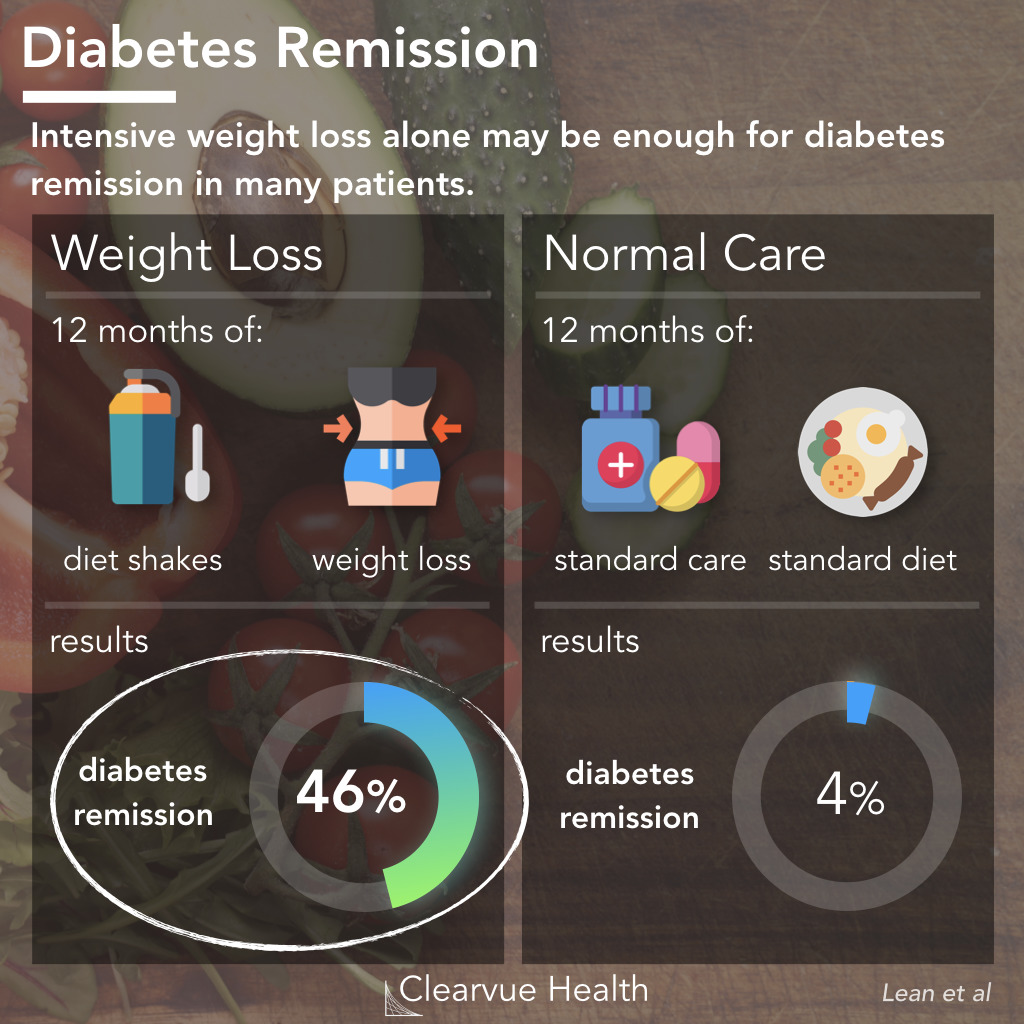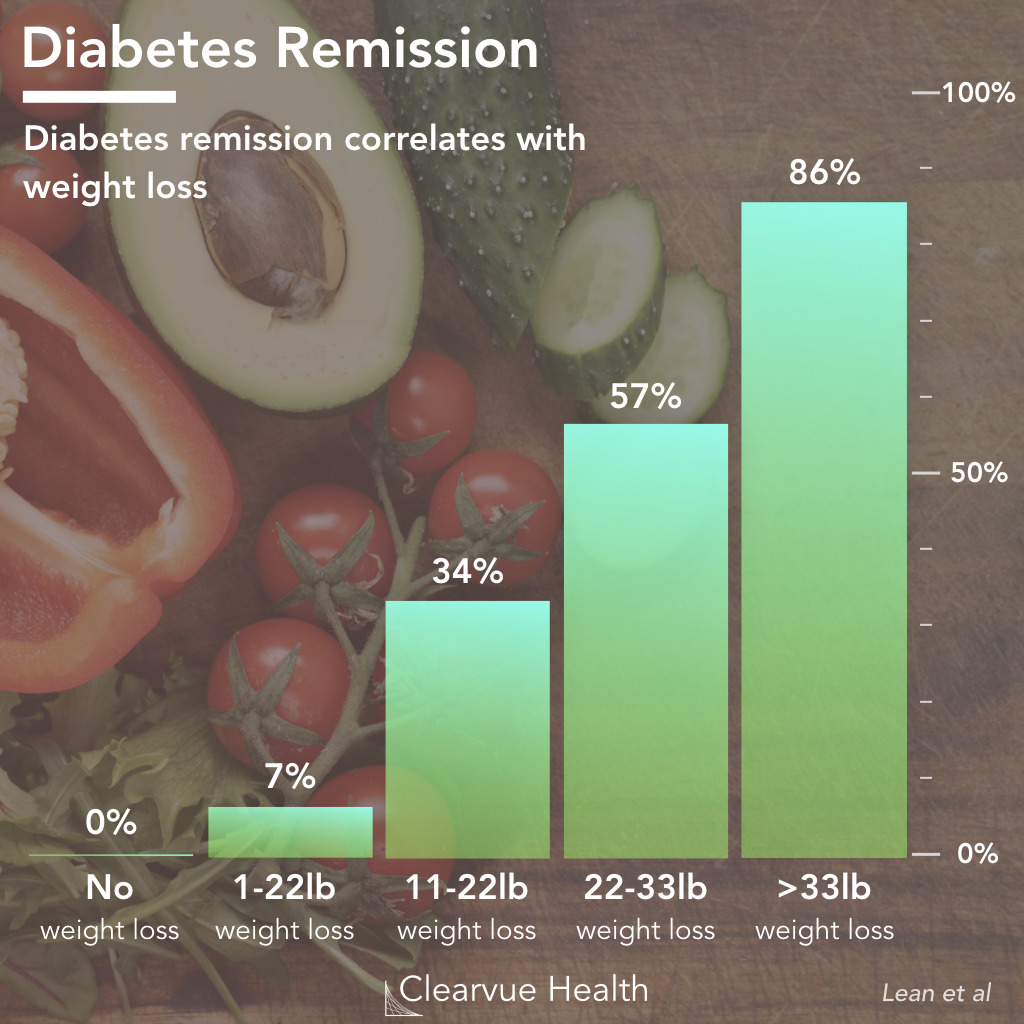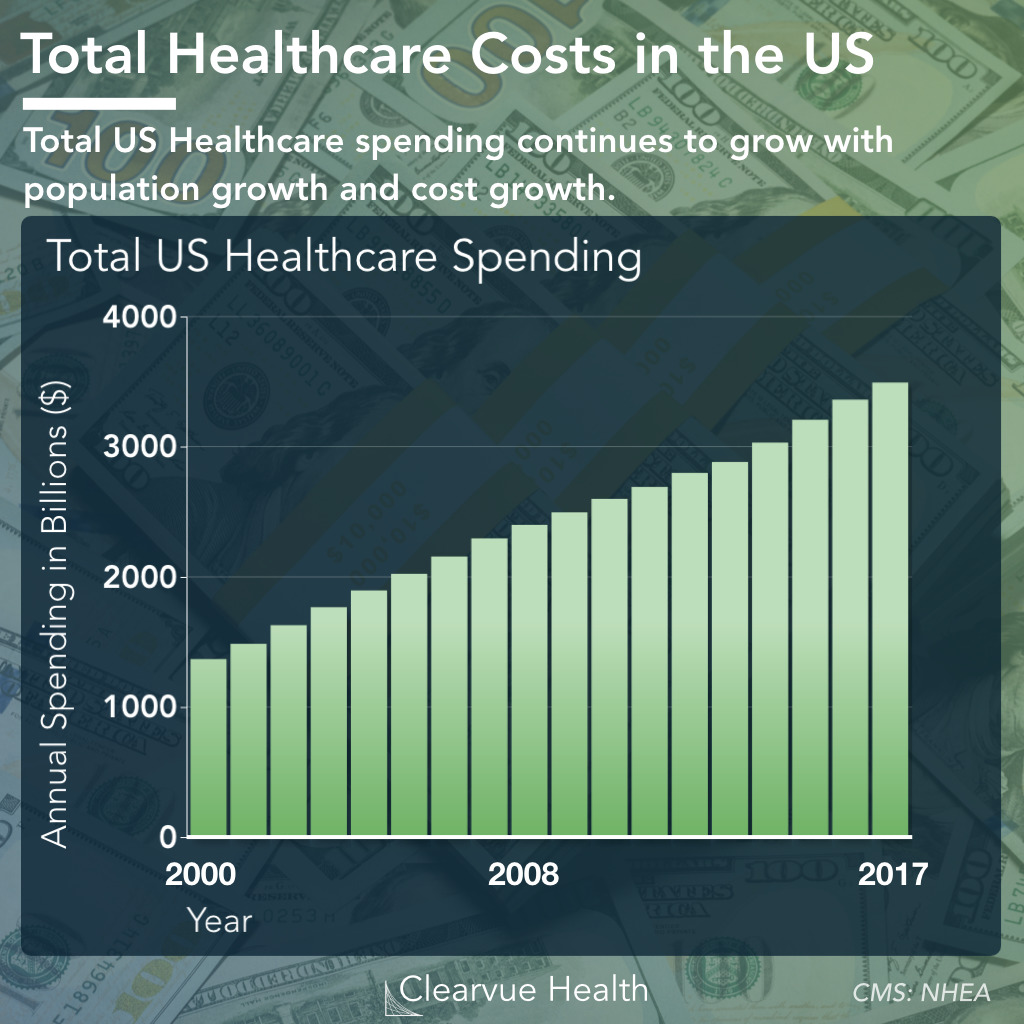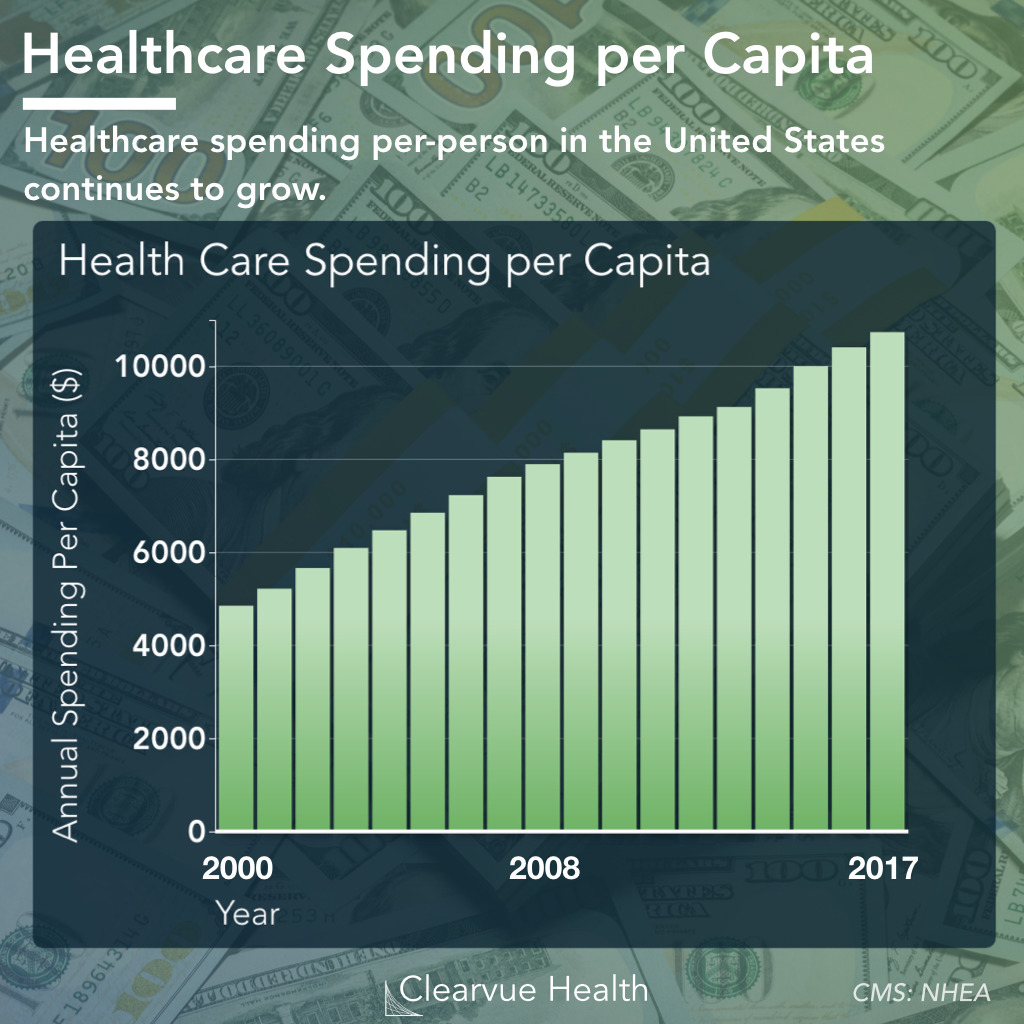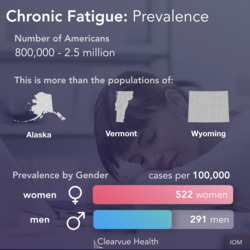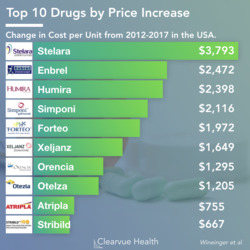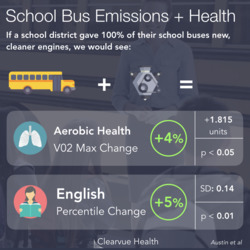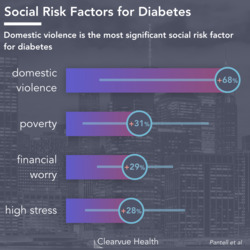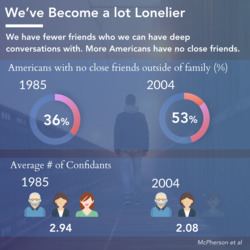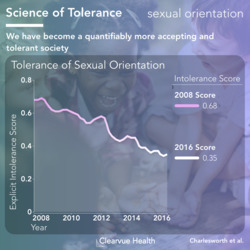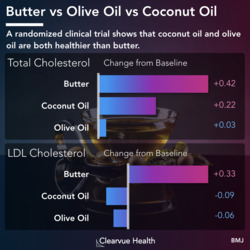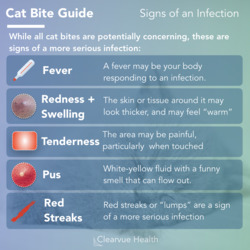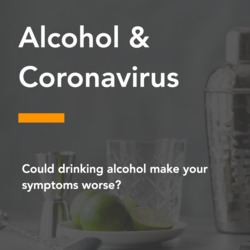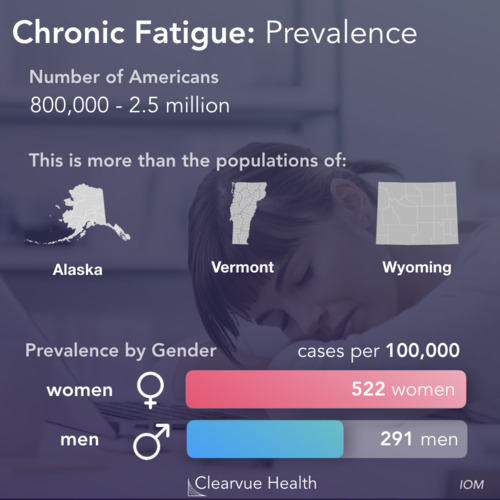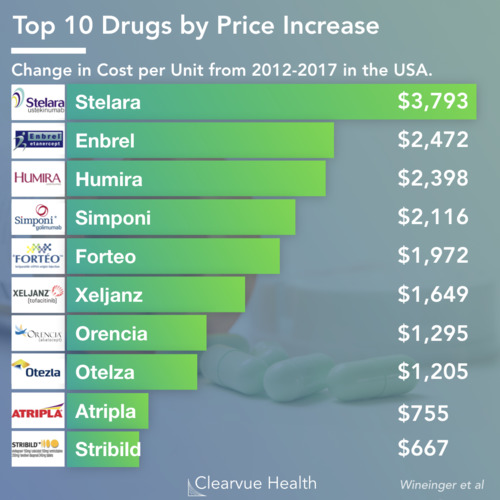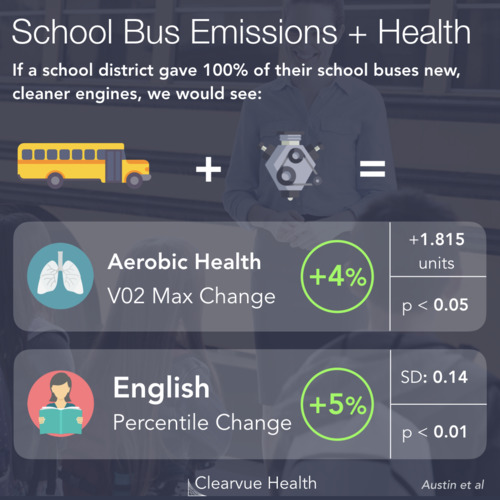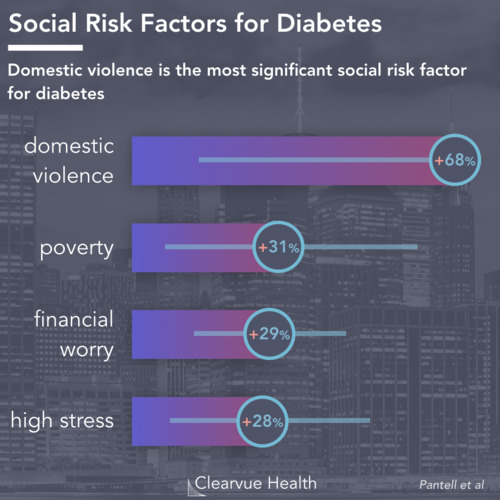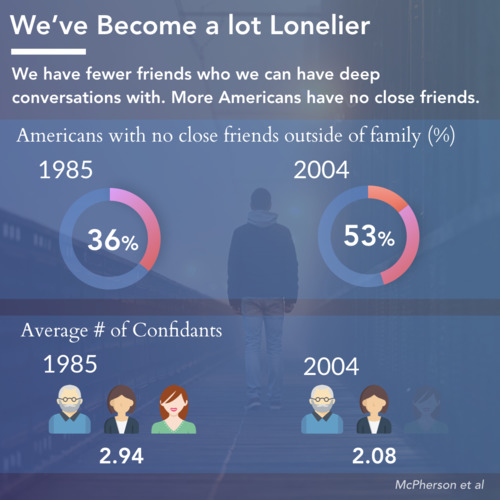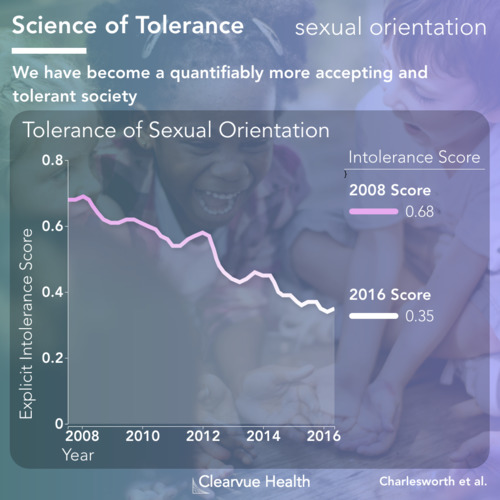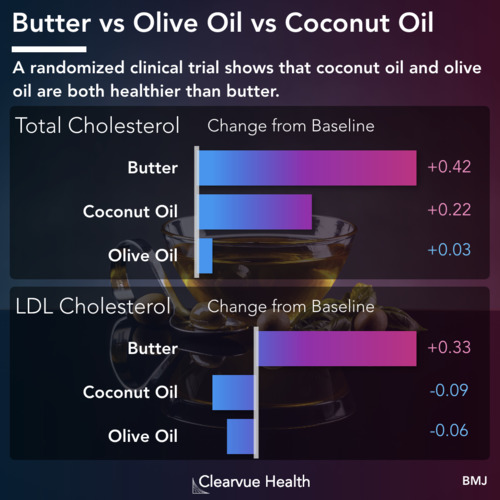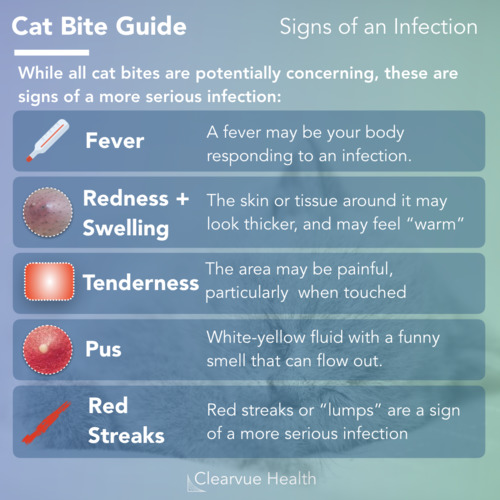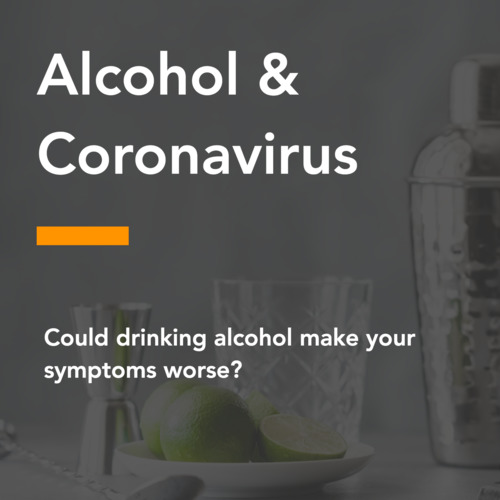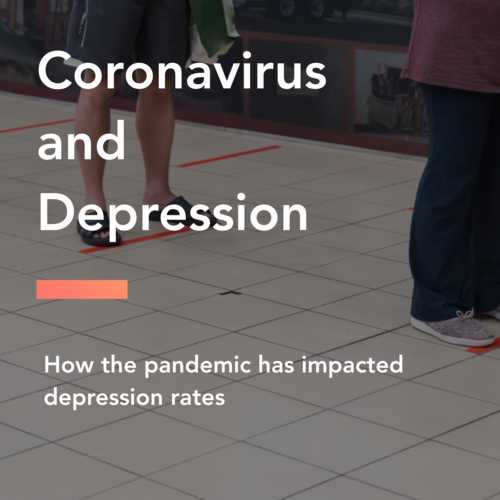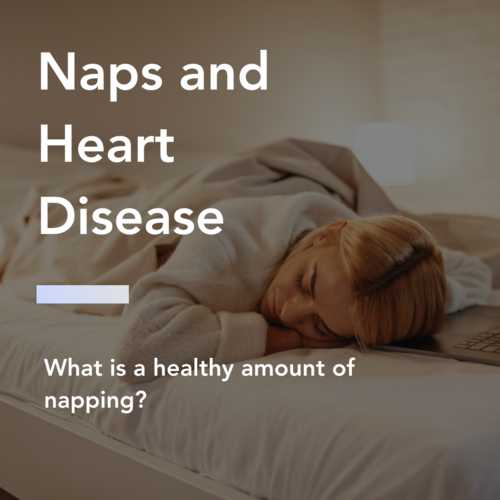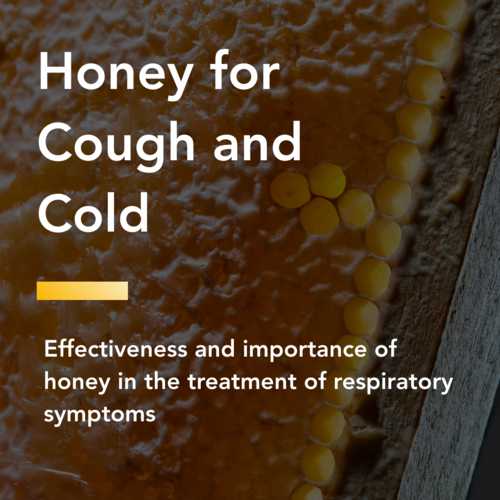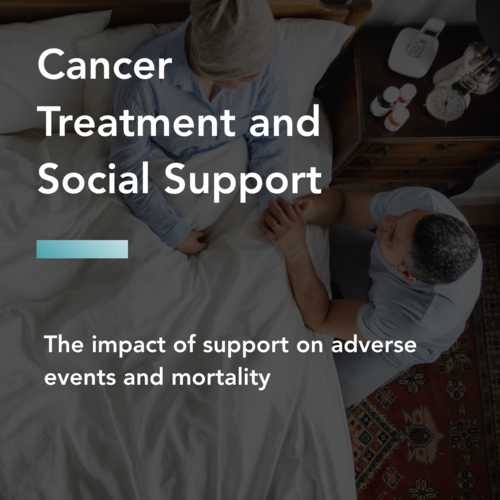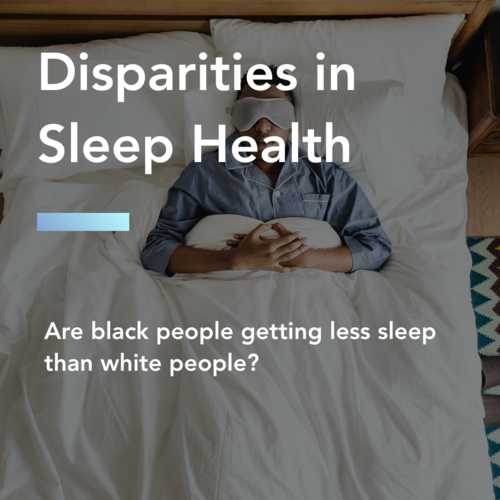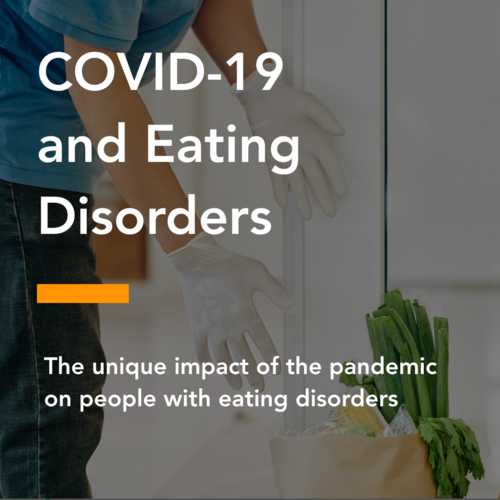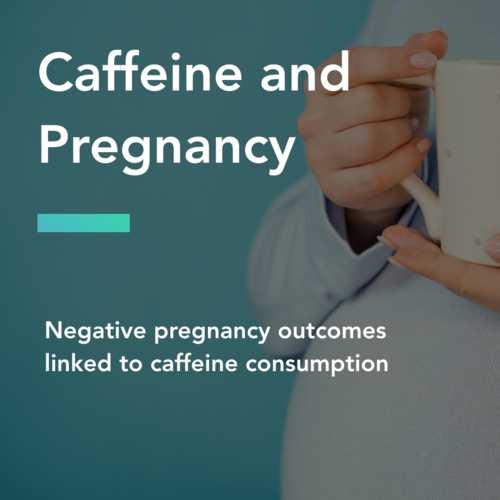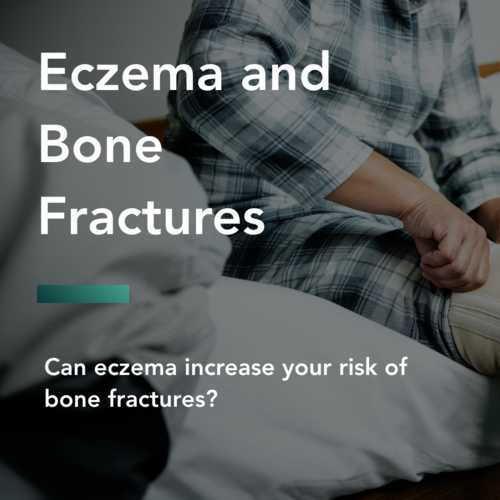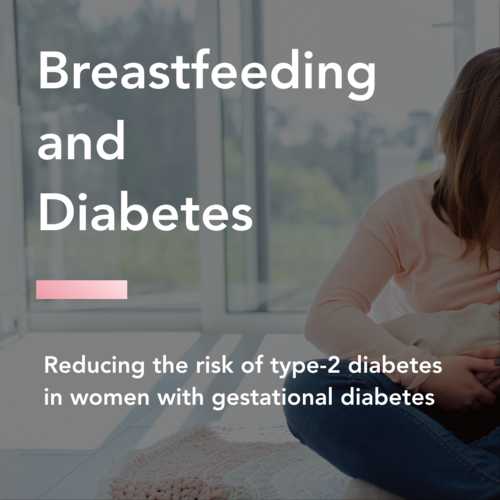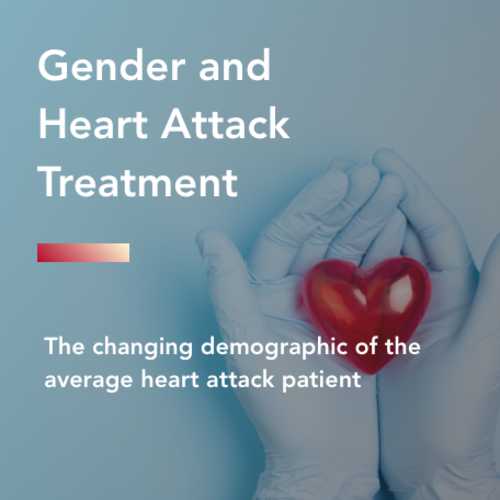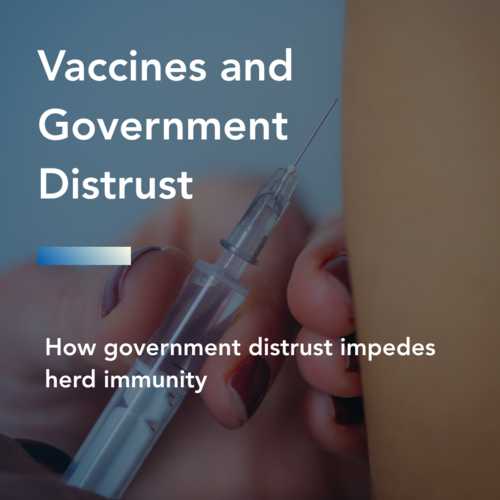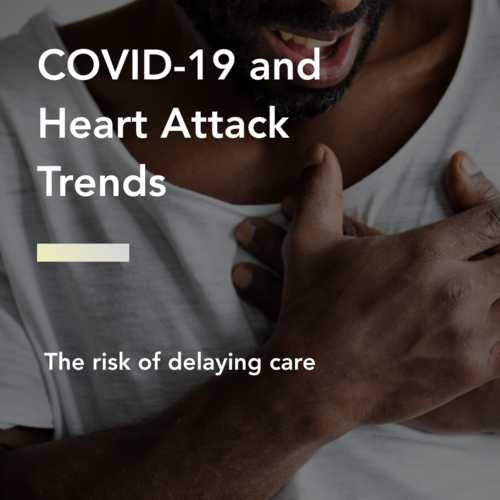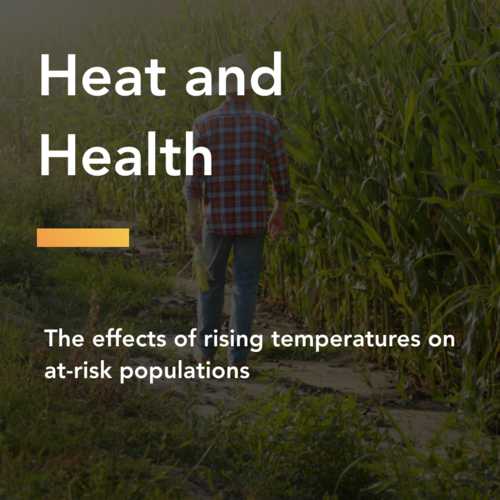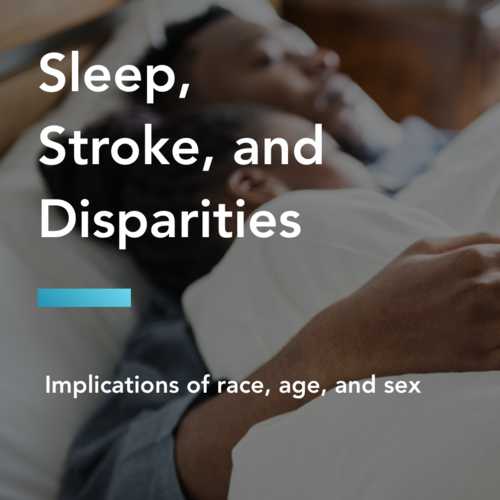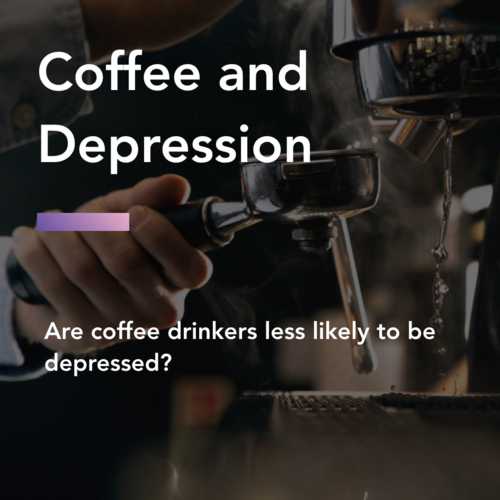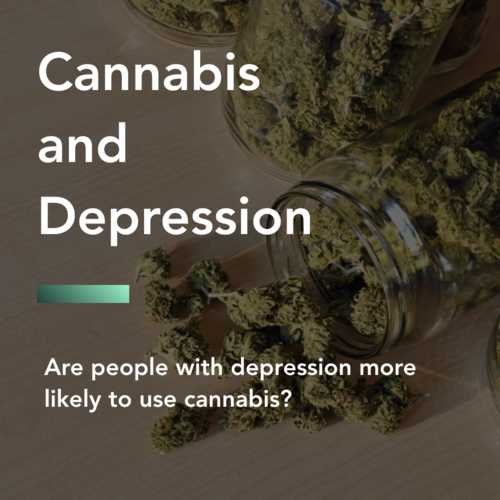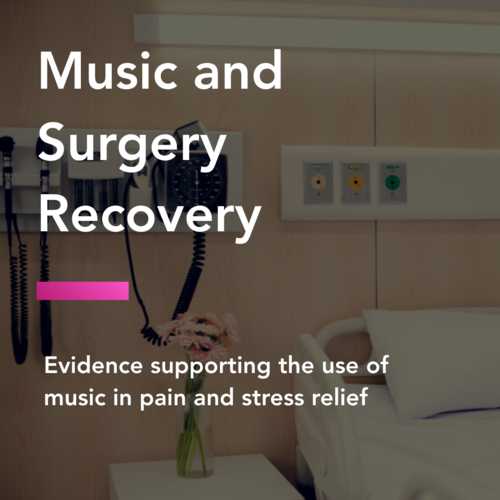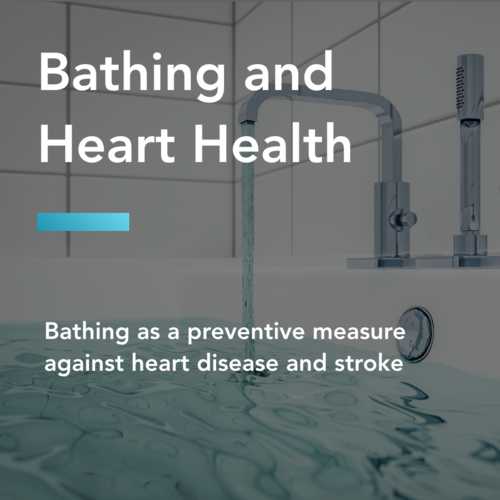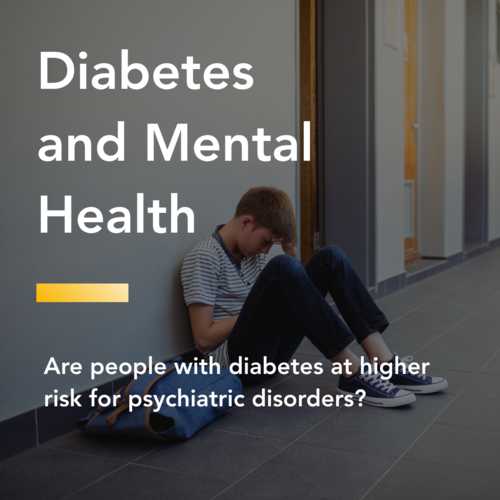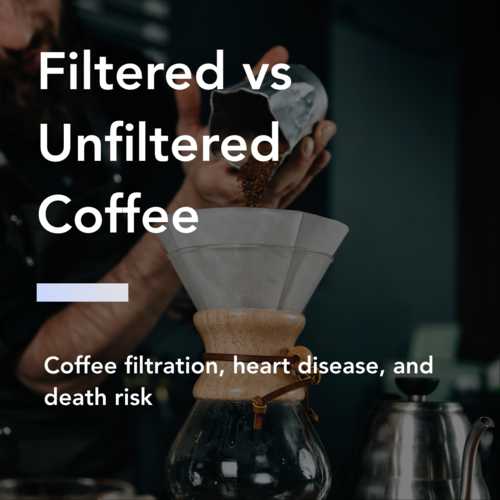Food Security and Healthcare Spending

Figure 1: Food Security and Healthcare Spending. A new study shows that providing 10 nutritious meals per week to at-risk patients reduces overall healthcare costs. Individuals provided 10 free meals a week costed the healthcare system $3,838 compared to an estimated $4,591 in individuals who did not receive the free meals. For at risk patients, the authors of the study estimate savings of $753 a month, including the costs of the food. (95% CI = -$1,225 to -$280)
A new study shows that food is medicine. Providing free meals to patients who need them may actually reduce healthcare costs.
499 high risk patients with chronic diseases were provided with medically tailored meals under the guidance of nutritionists. Researchers found that over several years, they spent less on healthcare compared to similar patients who were not given free food.
Even including the costs of the food, researchers estimated that providing free food reduced overall healthcare costs by $753 per patient, including the cost of the free food.
Study Type: Retrospective Cohort Study
Retrospective Cohort Studies are performed on data that has already been collected. Unlike a clinical trial or a Prospective Cohort Study, researchers do not collect the data with a pre-planned hypothesis. After outcomes have occurred, researchers in a Retrospective Cohort Study go through records to find participants who have been exposed to a particular drug or factor. They then match these with participants who have not been exposed to see whether patients exposed have different rates of developing a certain outcome.
Source: Association Between Receipt of a Medically Tailored Meal Program and Health Care Use
Healthcare Utilization with Food Security

Figure 2: Healthcare Utilization with Food Security. A new study shows that providing 10 nutritious meals per week to at-risk patients reduces overall healthcare utilization. Patients provided with 10 free meals a week had a significantly lower rate of hospital admissions (IRR=0.51, 95% CI = 0.22-0.80) and skilled nursing facility admissions (IRR=0.28, 95% CI = 0.01-0.60).
This sounds a bit counterintuitive, as social programs usually raise costs while benefiting recipients. Food stamps and WIC are all great programs, but are not designed to save money.
This particular program managed to save money by reducing healthcare utilization. Healthcare in the United States is immensely expensive.
According to Healthcare.gov, an average 3-day hospital stay costs $30,000.
Just by saving one hospital stay through better health would pay for years of free food.
Researchers found that this is exactly what happened. Patients who were given free food had an estimated 49% lower risk of being admitted to the hospital.
This then led an even greater reduction in the rate of skilled nursing facility admissions.
Skilled Nursing Facilities are short term facilities for recovering after a hospital stay. These facilities provide 24-hour medical care, similar to nursing homes. However, they are designed for short stays to help patients recover and eventually return home, rather than providing long term care.
Source: Association Between Receipt of a Medically Tailored Meal Program and Health Care Use
Food Insecurity & Chronic Disease

Figure 3: Food Insecurity & Chronic Disease. Food insecurity is more common among individuals with chronic disease. 20% of patients with diabetes experience food insecurity compared to 12% of patients without diabetes. 21% of patients with coronary heart disease experienced food insecurity compared to 12% of patients without coronary heart disease. 14% of patients with high blood pressure experienced food insecurity compared to 11% of patients without high blood pressure.
Unfortunately, food insecurity is all too common among patients with diabetes, heart disease, and high blood pressure.
These diseases, referred to as Cardiometabolic Diseases, are all highly dependent on diet and regular meals. Diabetics in particular need special medically tailored diets to keep their diabetes under control.
A study looking at food insecurity among patients with these diseases found that patients with diabetes, coronary heart disease, and high blood pressure were all more likely to experience food insecurity.
Source: Trends in food insecurity for adults with cardiometabolic disease in the United States: 2005-2012
Key Takeaways
Individuals in our society who need regular diets the most also happen to be the least likely to have regular meals. Given the relatively low cost of food compared to the cost of healthcare, this represents a potential opportunity to help patients and save money for our healthcare system.
As the authors write:
“
When considering how best to improve health care use, we think it is necessary to understand the drivers of that use and develop specific interventions to address those specific drivers.
Learn More: Diet and Diabetes
A clinical study shows that it may be possible to put diabetes into remission through diet alone. It isn't easy, but it worked for 46% of patients in this study.
Learn More: Healthcare Costs in the United States
Healthcare costs are very high in the United States and they only continue to grow. As the above study suggests, any effort that to reduce healthcare utilization can significantly reduce spending.
The article below looks at trends in US Healthcare spending and it's continued growth.



